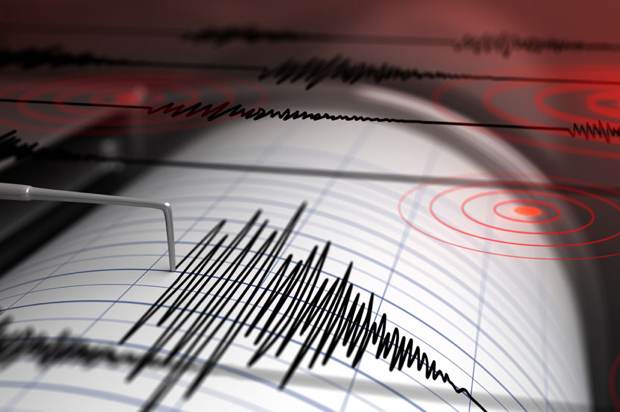Japan earthquake industry loss could reach US $4bn: Verisk

The March 16th magnitude 7.3 Japanese earthquake is expected to cause an insurance and reinsurance industry loss of between US $2 billion and US $4 billion, according to analysis from Verisk Extreme Event Solutions (formerly AIR Worldwide).
The earthquake which struck off the eastern coast of Japan, off Namie, Honshu island, has resulted in initial reports of more than 1,000 properties being damaged, a figure that is expected to rise.
Verisk has pegged the insurance industry loss range at between JPY 240 billion (~USD 2 billion) and JPY 490 billion (~USD 4 billion).
Of the total, around JPY 50 billion (~USD 400 million) and JPY 100 billion (~USD 820 million) is expected to be attributed to commercial and industrial property damage.
According to Verisk, early reported indicate 580 buildings damaged in Fukushima Prefecture and more than 570 buildings damaged in Miyagi Prefecture.
The earthquake also caused power and water outages; damage to highways, rail lines, viaducts, and other infrastructure; short-term cancellation of some train service; as well as significant supply chain and production interruption for the automotive and paper industries, Verisk reports.
As we previously explained, the earthquake in Japan is expected to raise the first-quarter 2022 large loss burden, but is not anticipated to trigger any catastrophe bonds.
While, insurance and reinsurance broker Aon reported an expectation that the economic loss would rise into the billions of dollars from the quake.
The ultimate bill for insurance and reinsurance interests could end up far higher than Verisk’s estimate, as while the company includes insured physical damage to onshore property (residential, commercial/industrial, mutual), both structures and their contents, and from ground shaking, fire-following, and liquefaction, there are many loss vectors that are not included in it.
Excluded from this loss estimate are auto losses, direct and indirect business interruption losses, workers’ compensation losses, demand surge, loss adjustment expenses, as well as some marine, aviation, warehouse transit and non-modelled peril exposure such as landslides.
In the case of an earthquake, while the main loss driver is the damage to insured properties, these additional vectors will raise the claims bill for some insurers, we’d imagine.
At the upper-end of Verisk’s estimate, close to the US $4 billion mark, there is likely to be some reinsurance market exposure and a chance of some parametric structures responding, particularly if their triggers are calibrated to ground-shaking from this quake event.
Exposure for the insurance-linked securities (ILS) fund market would still be expected to be relatively minimal, even at the upper-bounds.






